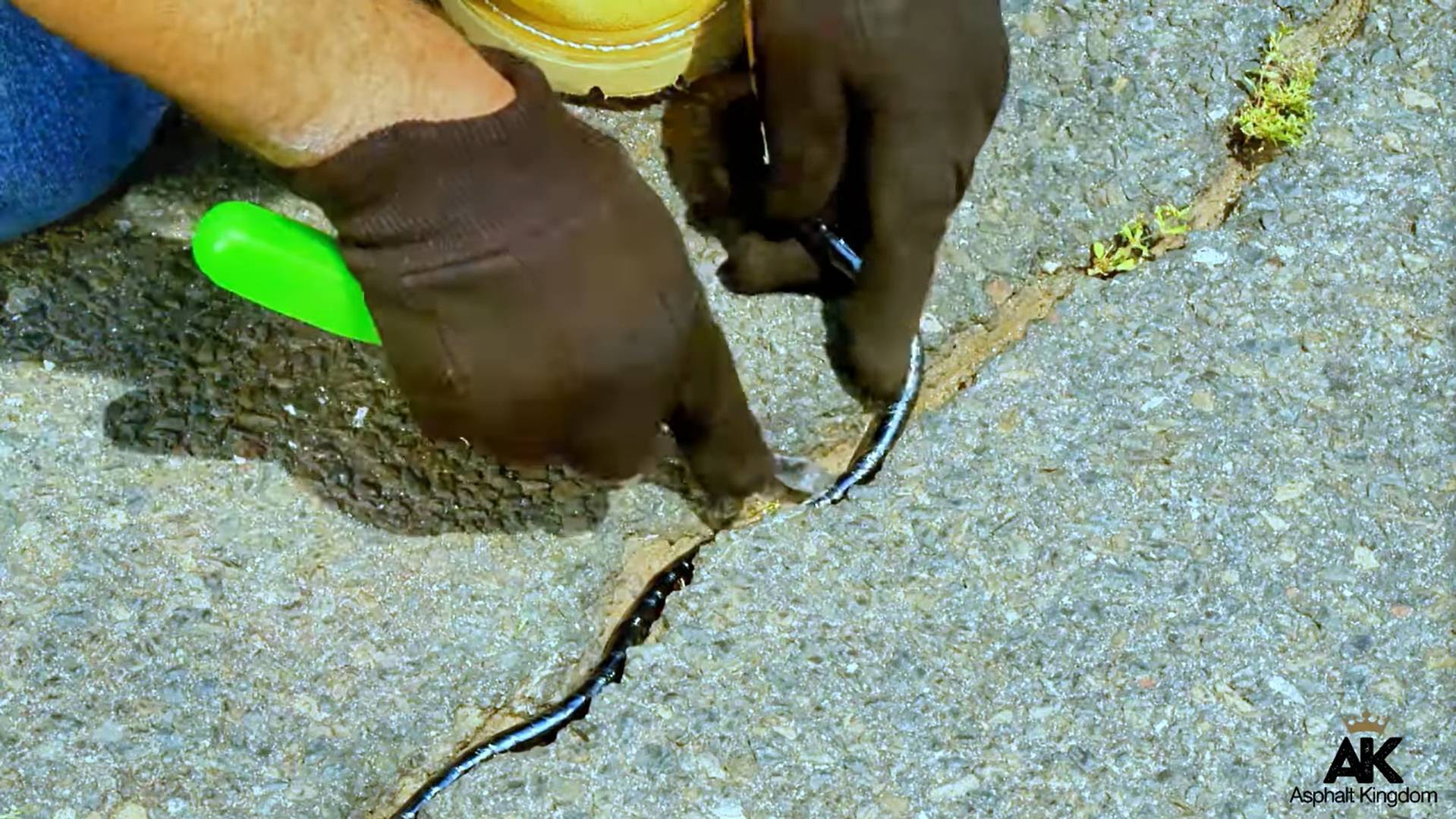Asphalt Kingdom has one of the largest networks of sealcoaters in the business and strives to be the source of information when it comes to taking care of blacktop. So, we thought it would be great to collect all of the tips that the Asphalt Kingdom team, as well as professionals from around the world, have shared and organize them so that everyone can learn more about this important step in asphalt maintenance.
View this list of tips on how to sealcoat asphalt and feel free to suggest your own by commenting below!
The best season for sealcoating.
Asphalt sealcoating is an excellent choice for a summer-focused industry. The warmer, drier weather provides the best environment to properly apply sealer for the highest quality result.
Summer also yields the quickest drying time. Generally, when the temperatures are in the 70s or low 80s, you can drive a car on the blacktop after 12 hours of sunlight. Walking can be as fast as three hours.
How to tell when it’s time to reseal.
Asphalt should be resealed every two years. Determining when the last time the surface was sealed, however, isn’t always easy, especially if you’ve only recently purchased the property. Knowing when it’s time to sealcoat your asphalt surface isn’t hard when you know where to look, though. The four most common signs of blacktop in need of a new coat include:
- Dull, gray coloring
- Fine cracks appearing on the surface
- Weeds
- Water seeping into the surface
You can learn more about how to tell when it’s time to reseal by taking a look at this article.
Keeping traffic off of the asphalt.
After a sealcoating job has been done, people will sometimes drive into the area before the coat has had ample time to dry and bond. The issue with this is that the sealer is often removed as a result of tire movement on the surface (like turning your steering wheel when not in motion). This causes the sealer to be removed in certain areas and causes lapping of the sealer in other areas, undoing the work and creating bumps.
Maintaining barricades and warning motorists of the risks can help prevent this.
Beware of oil.
Having a freshly sealed asphalt surface does not mean that it’s immune to damage. One common threat is oil. Many cars will develop a leak at some point in their lifetime and oil can be very damaging to asphalt, even with a layer of sealer.
Address oil stains as they occur with a degreaser.
Anticipating wet weather.
Getting the surface wet too soon after sealcoating can prevent the coat from drying properly. It’s best to make sure that you’ll have a window of at least two to three hours after sealcoating. As long as you have that, you’re good to go.

How many people it takes to start sealcoating business.
Generally, you can have a two-person operation to complete any small to medium sized jobs. For a closer look at what each job would be like, we suggest looking through our free contractor course. This will tell you everything you need to know about how jobs are done, tips, tricks of the trade and frequently asked questions.
Once you've read through that, we would suggest a starter package. These packages are completely customizable and you can add or remove any part of the package to suit your needs.
Starting your business on the right foot.
Remember to try and line up as many jobs in one neighborhood as you can at one time, so that you don't have to drive all over town to do jobs. If one parking lot looks good, your best next client is the customer with the run-down driveway next door.
How much is too much?
You shouldn't sealcoat too often, even if you like the new shine it gives. If too much builds up, it is no longer effective and the coat starts to crack and chip. Remember: the recommended frequency is every two years.
Have another asphalt sealcoating tip you’d like to share with us? Drop us a comment below!
Some contributions have been edited for clarity and brevity.
.jpg?width=720&height=405&name=AerialSealcoating1%20(1).jpg)




-1.jpg)
.jpg)